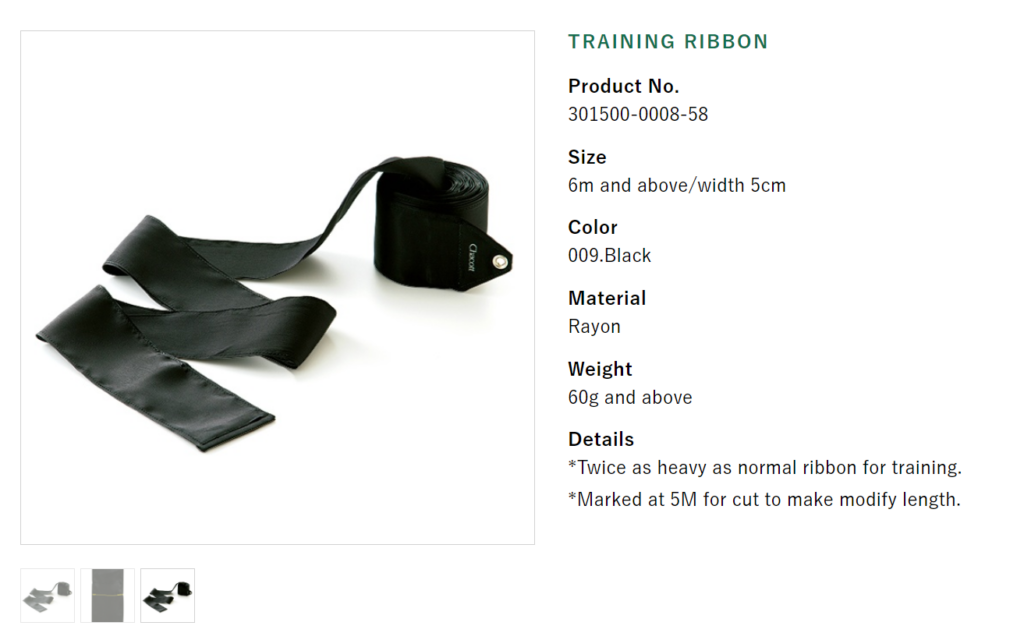How to Choose an Apparatus for Rhythmic Gymnastics. Part 2

Rhythmic Gymnastics Apparatus – Clubs: Agility and Rhythm
Clubs are handled in pairs and require a high level of agility, coordination, and rhythm. They are used for intricate throws, catches, and mills (circular swings), and are excellent for building hand-eye coordination and control over both hands. Handling clubs is a fundamental skill when working with rhythmic gymnastics apparatus.
What to Consider:
- Length and Weight: Clubs vary in length, usually ranging from 40 to 50 cm. The weight should be light enough to allow quick movements but heavy enough to feel stable during throws and spins. FIG-regulated clubs weigh 150 grams each.
- Material: Clubs are typically made from plastic or rubber and should be balanced for both weight and flexibility to allow gymnasts to perform complex tricks. Some clubs have plastic sticks but rubber ends. It is common in clubs in order to provide softer landings during catches.
- Grip and Handling: Look for clubs with a smooth finish and comfortable grip. Many clubs come with grips that make them easier to handle, especially for beginners working with rhythmic gymnastics apparatus.
The author’s choice:
1. Sasaki, M-34GH-F. These clubs are made entirely of rubber, which makes them more flexible and softer during catches. They have a well-balanced distribution between the upper and lower parts, ensuring smooth handling. There’s no need to wrap them with special tape, as they already provide an excellent grip. https://rhythmicgymnastics.com/collections/sasaki-1/products/sasaki-m-34gh-f-gradation-senior-44cm-clubs-new-fig-logo

2. Chacott, HI-GRIP RUBBER CLUBS, 301505-0005-98. These clubs feature a plastic stick with a rubber top. The latest version offers an improved grip on the stick, but it’s still recommended to tape them, as the plastic can become slippery during training. In my opinion, these clubs have a visual advantage on the carpet due to their sleeker stick design and top-notch form, making them ideal for rhythmic gymnastics apparatus.

If you are a junior or younger gymnast, you should opt for clubs sized between 40.5 to 41 cm. For seniors, the recommended size is 44 to 44.5 cm. When selecting a model, keep in mind that clubs vary significantly, and this can impact your technique. I recommend trying out different models from friends to find the one that suits you best. Avoid switching to new club models in the middle of the season or just before competitions, as it takes time to adjust your technique properly.
Ribbon: Elegance and Expression
The ribbon is a long, flowing apparatus that emphasizes grace, fluidity, and large, sweeping movements. It is perfect for gymnasts looking to explore their artistic side, as it allows for expressive choreography and visually stunning performances in rhythmic gymnastics.
What to Consider:
- Length: Competition ribbons are usually 5-6 meters long for junior and senior gymnasts.
- Material: Ribbons are made of lightweight satin or synthetic material, allowing them to flow smoothly through the air. Ensure the material is wrinkle-resistant to avoid tangling during performances.
- Stick and Handle: The ribbon is attached to a stick, usually made of fiberglass or plastic, and should be lightweight but durable. Look for a comfortable grip, as you’ll need to control the ribbon with precision and enhance your performance in rhythmic gymnastics apparatus.
The author’s choice:
Ribbon: Chacott, 301500-001-98. This ribbon is made from high-quality material, making it easier to handle and work with during routines. It also comes in a wide range of color options, allowing you to find the perfect match for any routine or leotard.

Stick: The Sasaki Glass Stick M-781-F is one of the best I have ever used. Its design allows for precise motion transfer to the ribbon, enhancing control during performances. The rubber grip fits comfortably in the hand and does not slip, ensuring a secure hold. I recommend choosing a stick with a clearly visible rubber section, as this will help you catch throws at the end of the stick and avoid penalties during rhythmic gymnastics competitions.

The stick features a metal swivel, but it’s not advisable to rely on this, as it tends to break frequently and can cause the ribbon to cling during use. I recommend purchasing a swivel made of synthetic fiber instead. This alternative will enhance your control over the ribbon and help prevent situations where the ribbon comes off the stick. You can find this swivel from Chacott or Sasaki.
Junior gymnasts should use a 5-meter ribbon, while seniors should opt for a 6-meter ribbon. To ensure better control, iron the ribbon at a low temperature to prevent wrinkles. Avoid washing it, as this can cause the ribbon to lose color and become too soft, negatively impacting your drawings. In humid environments, using baby powder or talcum powder can help prevent the ribbon from sticking to your body. To enhance the connection between the stick and the ribbon, cover the swivel ring with varnished threads.
For training purposes, using a heavier ribbon can be very beneficial, as it helps improve your drawing technique. You can purchase the Chacott training ribbon, which is excellent for practice. It offers great durability and helps gymnasts develop their skills effectively during training sessions with rhythmic gymnastics apparatus.

Conclusion: Choosing the Right Apparatus
When selecting an apparatus for rhythmic gymnastics, it’s crucial to consider the gymnast’s age, skill level, and personal preferences. For gymnasts competing at international competitions, it is essential to purchase apparatus that is certified by the FIG (International Gymnastics Federation). These apparatus are made from the required materials and are designed for professional gymnasts using rhythmic gymnastics apparatus. In some instances, your apparatus may be checked at international competitions, so it is necessary to ensure that it has the FIG stamp to comply with regulations.
Discover Our Courses and Masterclasses to learn more insider knowledge and tips https://rgsecrets.com/our-courses/


